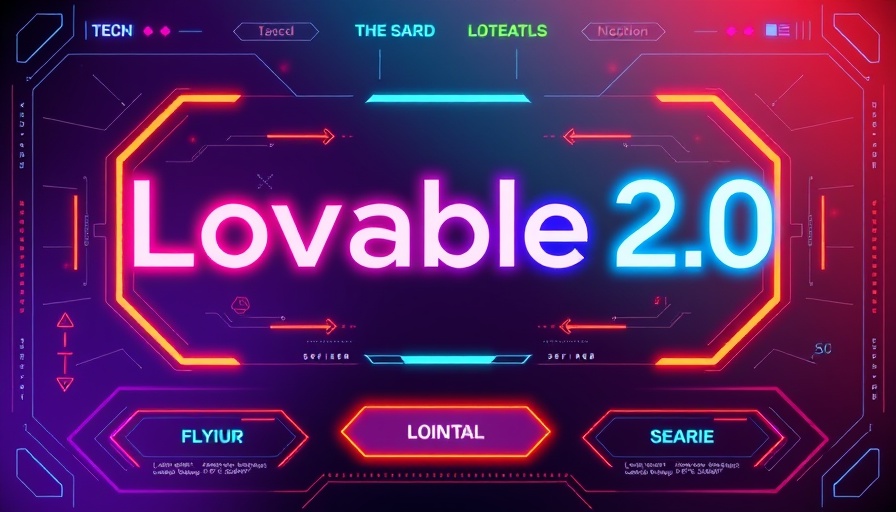
Unveiling Lovable 2.0: A New Dimension in Vibe Coding
The latest iteration of Lovable, dubbed Lovable 2.0, has just been unveiled, promising an innovative approach to app and website development through vibe coding. As a user-friendly tool akin to other no-code platforms, it allows users to create functional applications with minimal technical expertise. This article delves into the key features and improvements of Lovable 2.0, highlighting its potential impact on creators and developers alike.
In Lovable 2.0 Just Dropped: Vibe Coding LIVE!, the features and performance of the latest iteration of Lovable sparked intriguing insights that we’re further unpacking in this article.
Enhancements to the User Interface and Functionality
Lovable 2.0 comes with a refreshed user interface that aims to improve usability. The new visual edits feature allows users to adjust elements such as text and colors in real-time without deep coding knowledge. This is especially beneficial for non-technical users looking to craft visually appealing applications quickly. Furthermore, the introduction of multiplayer options enhances collaboration, enabling team members to work simultaneously on projects within shared workspaces.
The AI-Powered Chat Mode: A Game Changer?
Another significant enhancement is the chat mode agent, which allows users to engage with the application interactively. Users can ask questions and request recommendations for improvements within their apps. This conversational interface aims to streamline the development process, although initial testing indicates that some users may find it slow or less effective for certain functions.
Addressing Challenges with Vibe Coding Tools
Despite its promising features, Lovable 2.0 does not escape criticism. Some users have reported issues when testing its stability and reliability, particularly when building complex apps. For those familiar with coding, like using Visual Studio Code, Lovable may appear to lack depth in handling intricate tasks. As users navigate through the platform, they may encounter hiccups that can frustrate the streamlined experience it aims to provide: for example, generating apps like a flight simulator or a YouTube thumbnail creator, which have proven troublesome for many users.
Comparing Lovable 2.0 with Other Platforms
In the landscape of vibe coding tools, Lovable 2.0 finds itself alongside competitors like Bolt New. While Lovable focuses on user-friendly interface and accessibility for non-coders, experienced developers may still prefer traditional IDEs for more complex projects. Identifying use cases where Lovable excels versus when it may underdeliver is crucial for potential users who must balance ease of use with functionality.
Future Predictions: Where Will Vibe Coding Go?
With the rise of no-code platforms like Lovable 2.0, there is a burgeoning interest in simplifying the coding process for the masses. The future of app development may lean towards hybrid models that combine the simplicity of no-code with the power of conventional coding frameworks. As incorporated AI features improve, users may see significant advancements in tool reliability and performance, possibly revolutionizing how we approach app creation.
Lovable 2.0 aims to cater to the creative needs of both personal projects and professional applications, offering significant advantages for many users. However, there are still hurdles to overcome to achieve the ultimate balance between accessibility and functionality.
If you’re interested in exploring vibe coding with Lovable 2.0 or learning further about innovative no-code tools, feel free to dive deeper into the discussions surrounding coding evolution and application development. Staying informed and engaged will empower you in the rapidly shifting landscape of technology and development.
 Add Row
Add Row  Add
Add 




Write A Comment